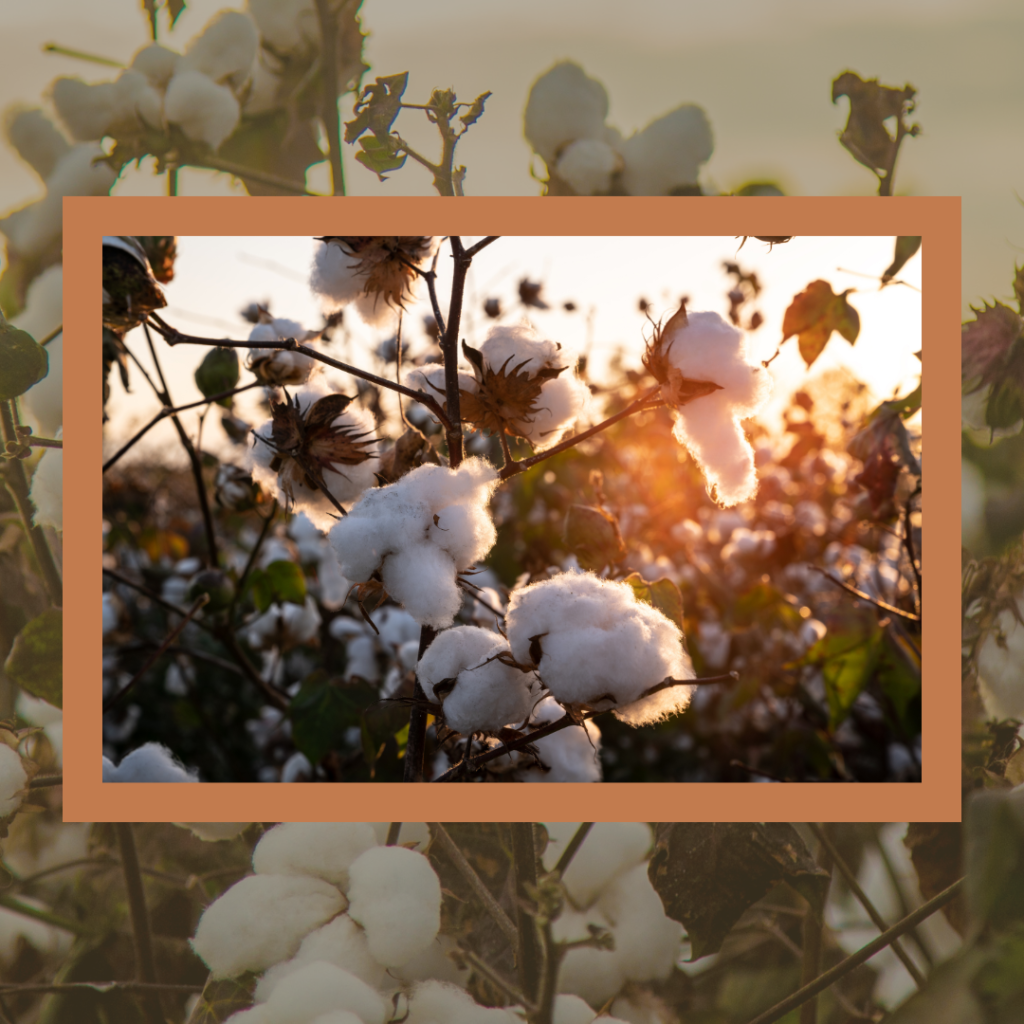In the above sentence, you would have told me that your hometown was smaller than Fort Smith, but in that sentence, you told me nothing about how the area around your hometown looks? Paint a picture of your hometown–but in words. Again, use specific words to describe the setting around your childhood home. If the grass in the area around your town is green, don’t simply say “green.” Describe exactly the color green that was in your yard, and.or compare the grass in your yard to that somewhere else.



My childhood was determined by Cotton, and my calendar was punctuated by the various stages of its growth cycle. The winter was slow and quiet. Spring was an awakening, and summer was a time of growth. During fall, the roads were lined with wagons, in ant-like procession, going to and coming from the gins. Living became the everyday humming of the harvesting of cotton.
The river ebbed and flowed, and the air was filled with gossamer-like lint, floating from the cotton compresses. Like a spider’s work, it attached itself to trees, poles, and other things nearby. Gauzy and ghostly, the lint webs were warning us, hinting at what would come.

The area around my childhood home was flat. The land where I live now is hilly to mountainous. If there is any rich soul in the Ozarks, you need a bulldozer and an awl to access it. Most of the land in the Ozarks is like bedrock. The terrain here is beautiful, but this is not a place where anyone would want to grow vast fields of cotton. For 18 years, I lived on the New Jersey shore. That land is sandy, and shrieking seagulls commandeer the sky.
You cannot paint every setting with one brush. You must look critically at what is around you, and you must describe it specifically and accurately in your writing